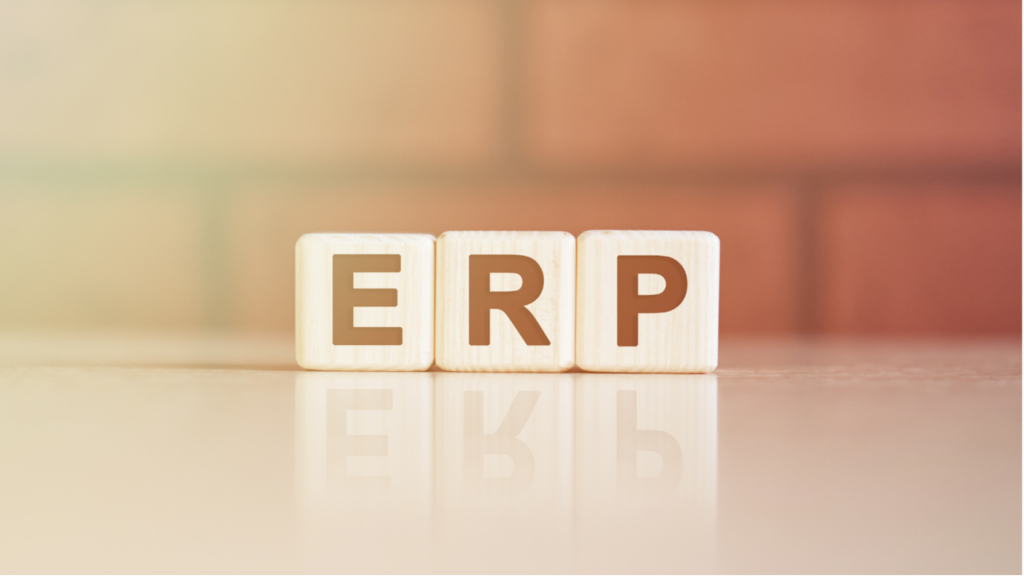When starting your therapy journey, you may feel a little overwhelmed and confused by all the different types of therapies and treatments available. I’d imagine you’ve probably come across a myriad of acronyms by now too! CBT, ERP, OCD – the list goes on.
If you’re reading this, you may have heard or read about ERP already and want to know more from the perspective of a mental health professional. As an ERP specialist, I’ve worked with hundreds of clients using this specialised approach. It’s popular for a reason; when done correctly, it really works.
If you’re ready to start your ERP journey with me, click here to book an appointment.
ERP explained
ERP is specialised form of Cognitive Behavioural Therapy (CBT) designed to treat anxiety disorders, particularly obsessive compulsive disorder (OCD), phobias and related conditions. It is an evidence-based technique, which essentially means it has been tried and tested and shows good treatment outcomes.
Let’s look at an example to put things into context.
Have you ever been in a room with a noisy air conditioner? When you first walk into the room, it seems incredibly loud and irritating. You notice it a lot at first but maybe you sit down to work or read and after some time, you realise that you no longer even notice the noise.
Why does that happen?
The answer is a process called habituation. In other words, your mind and body adjust to the prolonged stimulus (i.e. the noisy AC), filtering it out of your immediate awareness, enabling you to continue with whatever you’re doing without having to constantly pay attention to it. Your brain has subconsciously learnt that you don’t need to keep attending to this stimulus, it is not a threat, it is unimportant.
Now, imagine instead of accepting and allowing the noise to be there, you focus all of your attention on just how annoying that noise is. Every few minutes you go over and try to do whatever you can to stop the noise, to no avail. How do you think you’ll be feeling? Probably increasingly annoyed, frustrated and unable to focus on anything else. Maybe you leave the room because you can’t bear it, and when you come back in it’s just as loud and annoying.
What does habituation have to do with ERP?
Anxiety and fear work much in the same way as the noisy AC example. When we feel anxious or afraid in response to a stimulus (this could be either your own thoughts or something more tangible), it makes sense that we try to do anything within our power to either:
1) Avoid it all together or;
2) Use “safety behaviours” to try and “get through” and endure it
While this seems logical, it actually keeps you stuck.
You’re not letting your mind and body habituate to the feeling of anxiety or fear. If you expose (‘Exposure’) yourself to whatever it is that makes you feel afraid, and let yourself habituate without using avoidance or safety behaviours/compulsions (‘Response Prevention’), then you’re mind and body will learn to adjust to this stimulus. Over time, the stimulus or thought will become boring and not even worth attending to.
An OCD example
I’d like to give you an example so you can understand how this works when treating anxiety disorders. This example is in relation to OCD, but ERP can be used to treat many different anxiety disorders including panic disorder, specific phobias (e.g. emetophobia, heights, animals, spiders etc), social anxiety etc.
John comes to see me for treatment for contamination OCD. He is extremely distressed by intrusive thoughts about potential contaminants that could make him seriously unwell, and feels compelled to engage in excessive handwashing rituals to alleviate his anxiety. In our sessions, we discuss the principles of exposure and response prevention (ERP) therapy.
First, I explain to John that ERP involves gradually exposing himself to situations that trigger his obsessions (e.g., touching doorknobs) while refraining from engaging in his usual compulsive behaviours (e.g., handwashing). This process helps break the cycle of obsession and compulsion by allowing John to experience anxiety without performing rituals, ultimately leading to habituation.
To start, we create a hierarchy of situations that provoke varying levels of anxiety for John. We begin with situations that cause mild distress, such as touching his own doorknob at home, and gradually progress to more challenging scenarios, like touching a public restroom doorknob.
During each exposure, I support John to tolerate the discomfort without giving in to his compulsions. Initially, his anxiety spikes, and he experiences a strong urge to wash his hands. However, with repeated exposures and practice resisting the urge, he begins to notice a decrease in his anxiety over time. This decrease in anxiety is a result of habituation, where John’s nervous system becomes desensitised to the triggers as he repeatedly confronts them without engaging in compulsive behaviours.
As John continues to engage in ERP exercises over several weeks, he starts to feel more in control of his obsessions and compulsions. By the end of treatment, he’s able to touch various objects without experiencing debilitating anxiety and no longer feels the need to engage in excessive handwashing rituals. Through ERP, John has learned to tolerate uncertainty and discomfort, ultimately reclaiming his life from OCD.
You can read more about how to get started with ERP yourself here.
How I can help you
ERP can be difficult to apply on your own without the guidance of an experienced and supportive therapist. There are several conditions that have to be met in ERP to ensure that you are doing it correctly and effectively. If you’d like my expert support and guidance, feel free to get in touch here to book an appointment and get started with your ERP journey.
